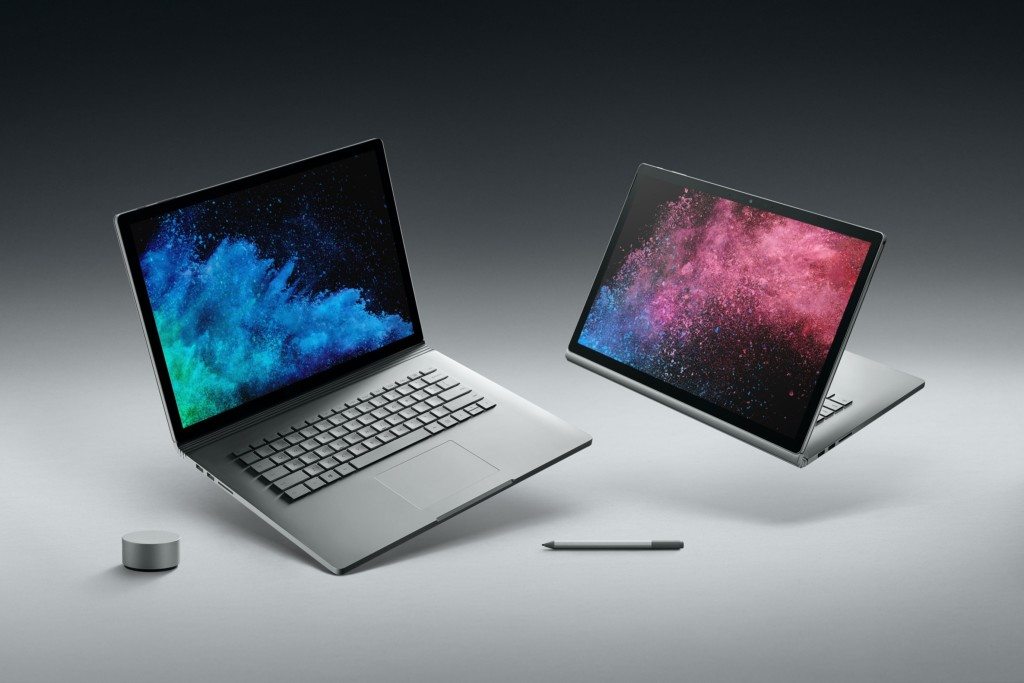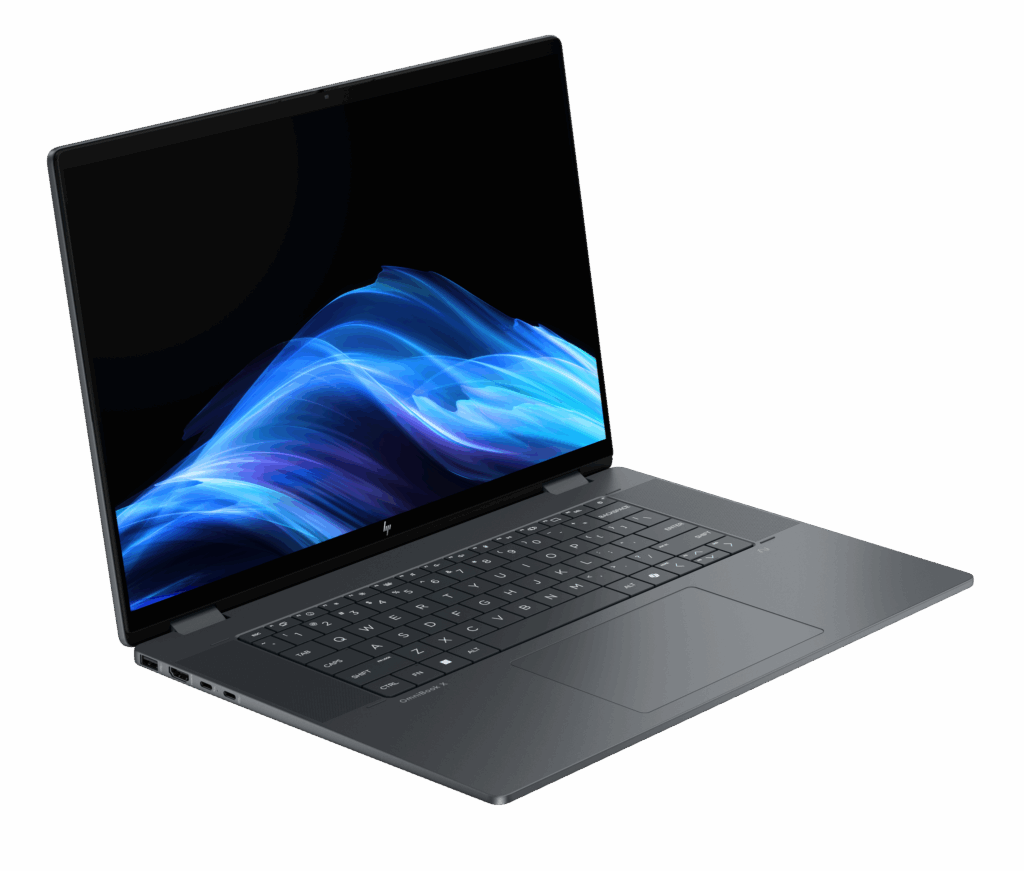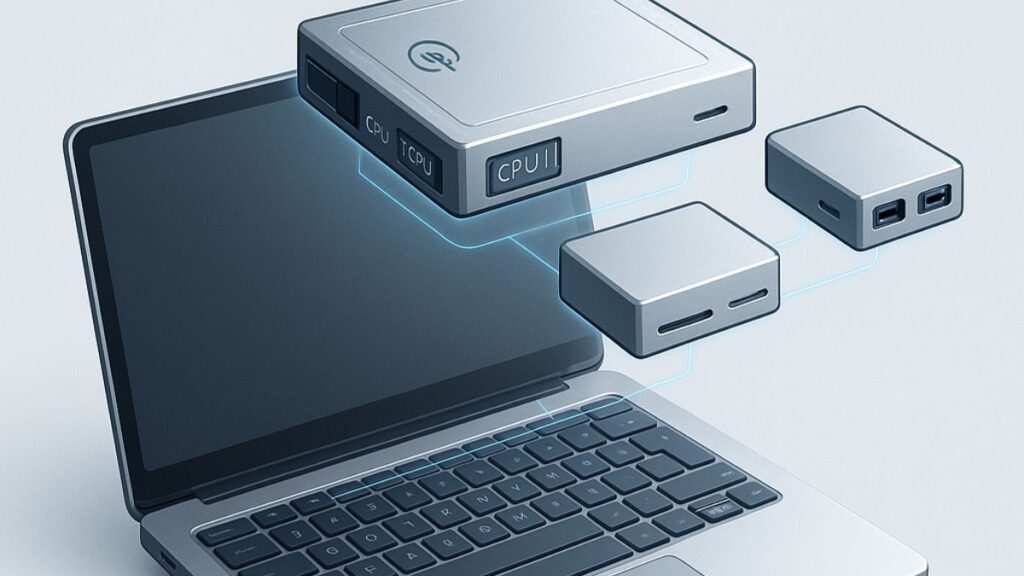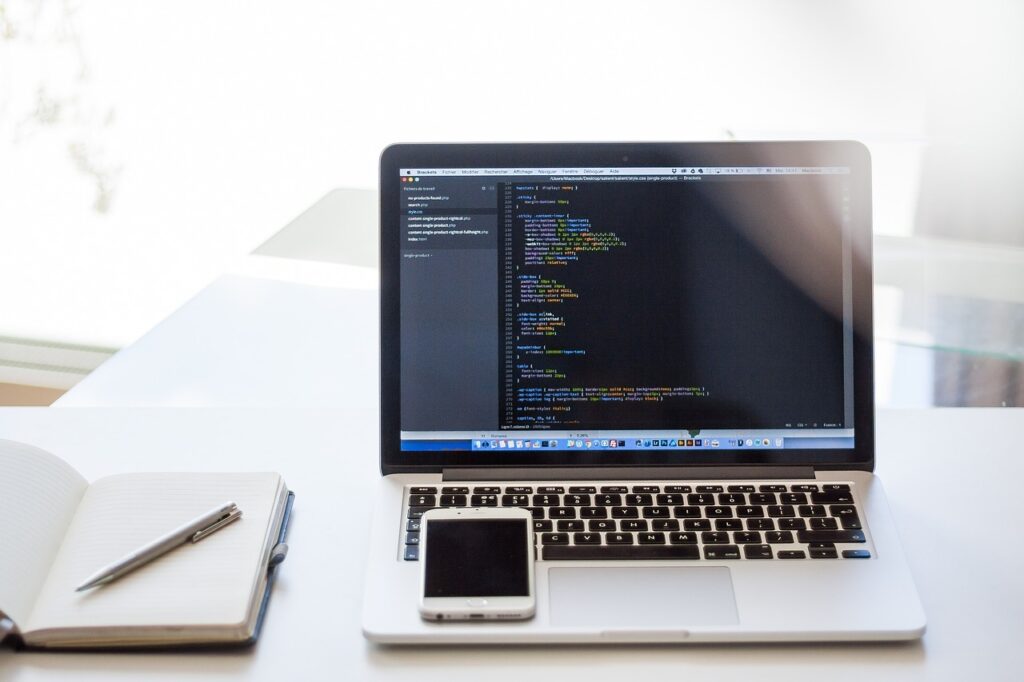I’ve got four very different laptops, all current looking at me this week begging to be used. I have the Asus NovaGo and the Lenovo Miix 630 Always-Connected-PCs, the Microsoft Surface Book, and the Dell Latitude 7390. Oh, and I just spent several weeks carrying the HP EliteBook 1040. The screwy thing is, there’s stuff I like about each one of these products but were someone to ask me which one they should buy I’d struggle—much like they would—on the tradeoffs.
Let me walk you through each category and where each laptop stands out.
Appearance (sexiness)
If you like a product that really looks good, then the HP EliteBook and the Microsoft Surface Book stand out as the most stunning. Both are like handheld art and do attract a certain amount of envy. However, the tradeoff is that both have a tendency to get scratched, so you do have to take extra care with them putting them in or out of your computer backpack. The Surface Book is particularly impressive in that it looks like it was sculpted out of a solid block of aluminum, but it is also about twice the price of the HP.
Battery Life
Here the Asus and Lenovo stand out with battery life approaching 20 hours. These things go and go and go and have the closest thing to instant on you are likely to get in a notebook. Since they use cellphone technology (both use Qualcomm’s Snapdragon 835) this should be expected. But if you want near-endless battery supply these two should be on your short list.
Security
The HP leads with security having both Windows Hello cameras (for facial recognition) and a fingerprint reader (as does the Dell), and it also has an electronic privacy screen. This screen keeps folks sitting next to you from seeing your work, though it does take about 20 percent of your battery life. I’m on planes a lot and often can see stuff on my neighbor’s screen that should be secure, but clearly isn’t and I really don’t like people seeing what is on my screen. This is a unique HP feature and I’ve become really fond of it.
Robust
The Dell has the most robust design in terms of avoiding marring and scratching. It is the most industrial of the group and if I was particularly hard on my laptop I’d pick it because it should stand up to abuse better than most. In terms of ability to take abuse generally, either Dell Latitude or the Lenovo ThinkPad stand out as segment leaders.
Power
With discrete graphics, the Microsoft Surface Book with its optional performance base stands out. While it isn’t a full gaming laptop like an Alienware, it does a decent job with performance—but trades off weight, price, and battery life to get there.
Weight
At under 2 lbs. without the keyboard the Lenovo wins on weight—if you want to actually use it as a tablet. This is the closest thing to a true 2-in-1 (the Surface book also has a light tablet mode but battery life in tablet form is under 5 hours while the Lenovo is closer to 20). I should note that weight if you mostly carry in a backpack isn’t as big a deal as weight if you mostly carry by hand. All the other crap you have in the backpack will typically overwhelm a pound or two in a laptop but, you really notice that pound or to if you are carrying it alone.
Connectivity
Both the Asus and Lenovo have built in 4G connectivity and it is incredibly cool to just be able to open the notebook up and work without the pain of searching for a Wi-Fi hotspot and password. The background syncing hasn’t been fixed as of this writing yet (that is a Microsoft problem I’m told is being worked on) but otherwise the speed in which I a pull one of these out and start working is amazing.
Art
The Lenovo Miix 630 comes the closest to what an artist or anyone that likes to work with a stylus heavily would prefer. It is a true tablet and light enough to be used as such. As a result, it is likely the most targeted product at pen-based creators in this group. It even has a place to store the stylus which is critical for me because I’m always losing the damn things.
Price
If you can find it, the Asus at $699 is the most aggressively priced, but it is sold out everyplace I looked. The most expensive product is the Microsoft Surface Book which also makes it the most exclusive. This does suggest that the Asus was a ton more popular than Asus thought and it does bode well for the class of Always Connected PCs. Be aware that Qualcomm will release their Snapdragon 1000 processor shortly, which will also go into this class forcing a refresh before year’s end.
Wrapping Up: What Would I Pick?
I love the battery life and the light weight of the Lenovo and Asus, and the instant connectivity is growing on me (4G is an option on many x86 laptops and I’d take it after this). The security and appearance of the HP is front of mind for me. I’m not sure I could give that up and no one else offers the on-demand security screen. The Surface Book is a beast, but I prefer the Surface Laptop in that line because it is more attractively priced and lighter. But as an executive laptop that is bought for status there are few products that would do a better job (and you can game on it).
The Dell I’d likely prefer if I was buying for a student or employee because it should hold up better. Personally, I’m more of a Dell XPS or Alienware fan in the Dell lines. Now all of these had screen sizes around 13”. I personally prefer a 15” screen because I can better use it for both writing and looking at reference material, but you lose battery life and gain weight. 17” screen laptops are more workstation class and significantly increase carry weight while lowering battery life and they won’t work on airplanes (not enough room) unless you are really small.
So, ideally, I’d want a blend of the HP and the Lenovo with appearance and security of the HP and the battery life and connectivity of the Lenovo. Generation 2 of the Always Connected PCs is due by year’ end—maybe someone will build my dream machine.
- The Trillion-Dollar Distraction: Why AMD’s IBM-Trained CEO and Quiet Execution Make It a More Valuable Long-Term Bet Than Overvalued NVIDIA - November 17, 2025
- The Missing Link: Why the Wacom MovinkPad Pro 14 Is the Perfect Human Tool for the AI Art Revolution - November 7, 2025
- Lenovo’s Secret Weapon: Solving AI’s Failure-to-Launch Crisis - November 3, 2025




Comments are closed.